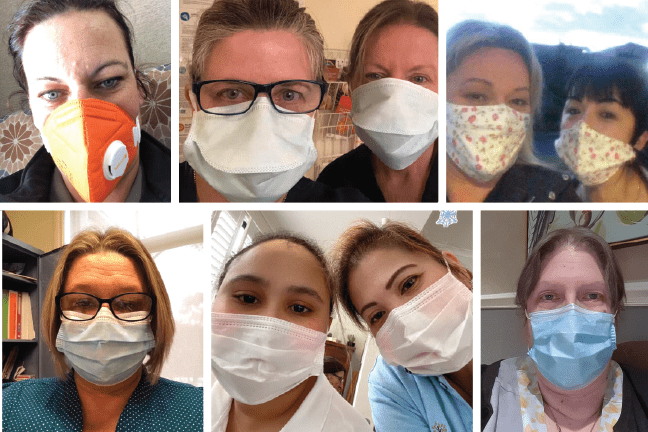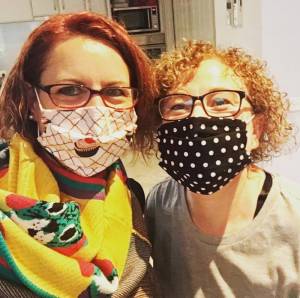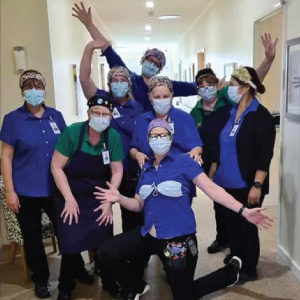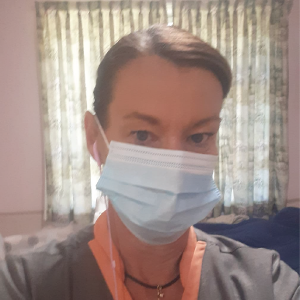
As Australia enters into a second wave of COVID-19 infections, the prospect of mandatory face masks has become a reality for many.
The World Health Organisation is now recommending that health workers, anyone with even the mildest symptom of COVID-19 or people caring for suspected or confirmed cases of COVID-19 should wear a mask.
The WHO also recommends masks for people aged 60 and over, and anybody with an underlying health condition if they are in an area of widespread transmission and they cannot guarantee social distancing.

With that in mind, Victoria has updated its guidance for Melbourne and the Mitchell Shire, where community transmission is rising, and masks will be compulsory from midnight 22 July 2020. Those who fail to wear a mask will be issued with a $200 fine.
Mary-Louise McLaws, an epidemiologist and WHO adviser, recently told the ABC that a similar order should be implemented across the whole of Sydney to stem the outbreak in New South Wales.
“I know this will be criticised because it’s across a wide geographical area, but that’s the point”, Professor McLaws wrote.
Professor McLaws, who helped the WHO evaluate evidence on the efficacy of cloth and fabric masks, said new evidence showed wearing almost “any sort of cloth is better than a bare face”.
Face masks can be used to either protect the health of a person who is well, or to prevent the spread of infection from someone who is sick.
COVID-19 is spread in four main ways:

COVID-19 can still spread from an infected person who does not have symptoms.
The disease is spread in these cases through viral shedding, when the virus starts to replicate within the body, circulating to different parts of the body and potentially being released into the environment.
Face masks act as a simple barrier to help prevent droplets from travelling into the air, onto surfaces or onto other people when an infected person coughs, sneezes or talks.
It’s important to remember that face masks are only one tool in the fight against COVID-19. Other important measures include:
Check out our printable mask “how to” guide
We’ve all seen the pictures of the Minister for Health, Greg Hunt, struggling to put his facemask on. It can be a bit tricky at first.
How to put on a medical face mask
How to remove a medical face mask
Medical face masks should be thrown out if they become wet, soiled or damaged.
How to wear a non-medical mask or fabric mask
Fabric masks can be hand made or bought in a shop. Like medical face masks, they can be used as a barrier to protect you and those around you.
Fabric masks should be made of three layers:
Fabric masks should not be shared.
To remove the mask

Ideally you should wash your mask in hot water every day, but if your mask is clean and remains dry, you can store it in a clean, resealable plastic bag.
Children aged two years and under should not wear a face mask due to the risk of strangulation.
Face masks should also not be worn by someone who has trouble breathing or who is unable to remove the mask on their own.
Check out our printable mask “how to” guide
For more information about Victoria’s guidance on wearing face masks, visit the Victorian Department of Health and Human Service’s website.
Lead images supplied by: Bianca Stray, Yvonne Fellner, Sherree Cooper, Maria Aarons, Madonna Fonseca Francisco, Melanie Blair. Thank you for your contributions!